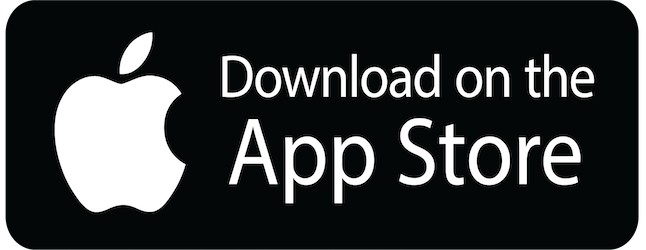How to use 'a', 'an', and 'the' in English

English articles ("a", "an", and "the") come before nouns. They help to communicate which thing you're talking about, similar to words like "this", "my", and "all". And they're confusing to a lot of English learners.
Articles are really, really hard!
If your native language doesn't use articles, they can be really confusing.
The truth is, you might never completely master articles. Most non-native English speakers don't, even if they're quite fluent and have spoken English for a very long time.
That's mostly OK. Mistakes with articles don't usually get in the way of communication. Your listeners or readers will usually be able to figure out what you mean by guessing whether you meant "a thing" or "the thing".
So while you should try to improve your skill with articles, you shouldn't worry much about them.
Understand what "the" is for
To learn how to use articles better, it helps to understand what they're for.
We use the word "the" to communicate the idea "I think that you know which thing I'm talking about." We use "a" or "an" to express the idea "You probably don't know which thing I'm talking about."
For example, if I'm telling you what someone wore, I might say:
She wore a hat.
In this case, you would imagine this person wearing some kind of hat. But if I said:
She wore the hat.
...it would mean that you were supposed to know which hat I meant. It might be:
- the hat that I mentioned earlier in our conversation
- the hat that we were joking about last week
- the only hat that this person ever wears
If you couldn't figure out which hat I meant, you might be confused about why I used the word "the". You might ask me about it:
A: She wore the hat.
B: Which hat?
A: The one that you said looked like a mushroom.
The technical term for 'the' is "the definite article". "A" and "an" are called "indefinite articles".
How much or how many are you talking about?

The other important thing to think about is whether the thing you're talking about one thing, more than one thing, or some stuff. In grammar terms, we call these "singular", "plural", and "uncountable" nouns.
Imagine that you're talking about something that the listener doesn't know about. In this case, you're not going to use "the". So what article should you use?
If you're talking about just one thing, use "a" or "an":
I bought a shirt.
The difference between "a" and "an" is easy: use "an" if the next word starts with a vowel sound. We don't like for the "a" sound doesn't mix with the other vowel:
I saw an elephant.
Now imagine that you're talking about more than one thing. In that case, don't use "a" or "an". Either use "some" or nothing at all:
I bought some socks.
I like socks.
The difference between these two is that "some" makes the amount seem more limited.
Uncountable nouns work the same way as plural ones. Liquids and things that don't have a clear shape of their own are uncountable:
I bought some ice cream.
I like ice cream.
The children's faces were filled with happiness.
Learn all the exceptions
The explanations above explain the general "feeling" that an English speaker has when using "a", "an", "the", "some", or a simple noun. If it was just a matter of learning these simple rules, articles would be easy to master. In reality, there are lots of "special cases" that you need to learn one-by-one.
If I tried to write down rules for every special case, this article would become an entire book. You wouldn't have time to read the whole thing. Even if you did read it all, you wouldn't be able to remember all of the rules. Even if you did remember the rules, your knowledge wouldn't automatically make you speak correctly. And, of course, I would miss a lot of rules and exceptions.
Unfortunately, you have to learn the special cases on your own, one at a time, and practice them as you go through life.
Here are just a few of the kind of rules that you may discover:
- Some words that are usually uncountable, like "coffee", can also be used in a countable way:
Can you get me a coffee?
- Use "the" in front of the names of oceans, rivers, deserts, mountain ranges, and geographical areas:
the Atlantic Ocean
the Sahara
the Rocky Mountains
the Northeast
the Arctic
- Don't use an article in front of the name of a city:
Paris
Seoul
- Don't use an article in front of the name of a country, unless the country name suggests some kind of group of states, countries, islands, etc.:
The Phillippines
The United Kingdom
- etc.
Instead of memorizing a lot of rules, though, it's easier to think about:
- Will the listener know which thing I'm talking about?
- Is it one thing, many things, or a "blob" of stuff?
Really get a feel for these qualities, and the rest will follow.
Print this Article




